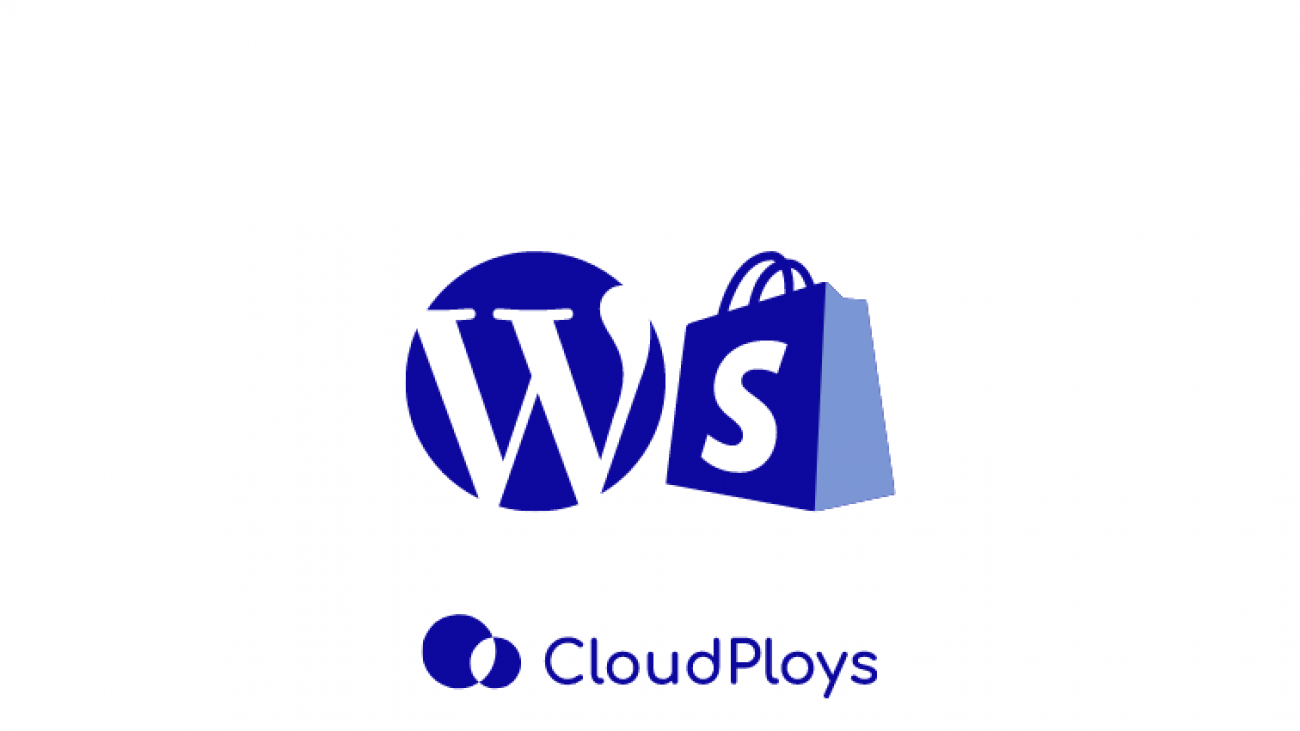As vividly seen, the rapid outbreak of COVID-19 throughout the world has had a drastic impact on the global economy and overall business environment.
For many small to large businesses, the virus containment measures taken have shuffled workplaces, declining revenues and in some cases, workforce reductions alongside various other effects. Implications of some impacts are temporary, while others might be long-term.
In this scenario outsourcing operations is amongst the strongest contingency plans that business leaders must consider in these unprecedented times like these.
Currently, small and medium scale businesses are struggling harder than ever to reduce their overhead expenses while maintaining overall efficiency. As the economic landscape continues to shift, an opportunity has arisen for many businesses who have previously been hesitant to consider outsourcing operations. The COVID-19 pandemic has brought to the forefront many of the immediate and long-term benefits of outsourcing businesses functions, including:
- Reduction of costs
The impact of COVID-19 has proven that many workers don’t physically need to be in the office to work effectively — the same goes for outsourced workers or entire departments. Outsourcing few functions reduces costs while adding highly qualified experts with a deep pool of resources, especially in times of crisis and uncertainty. Outsourcing can also mean less stress for business leaders over employee turnover or potential layoffs.
- Security and efficiency in a virtual workforce
With many employees working from home for the foreseeable future, businesses are forced to quickly implement technology and solutions that will help them best adapt to these new circumstances. In this virtual age, migrating an organization to cloud-based softwares from desktop or server-based software allows business leaders and employees to have secure and remote access instantaneously without any hassles.
- Increased depth of knowledge and resources
These designated experts are up to date on all the latest regulatory requirements and are continuously monitoring relevant laws and regulations to stay current on processes necessary for their clients. Having a team on call to tackle miscellaneous issues ultimately allows the company leadership to focus on management and core operations essential to business stability in the current environment.
- Access to scalable technology
More than ever, the pressure is on for business leaders to correctly use insights and to drive the company performance higher. Outsourced platforms can deliver real-time reports with metrics that matter to a business’s key stakeholders, allowing them to make just informed decisions.
Businesses have various competitive options when it comes to cloud-based outsourcing— it’s not one size fits all. For example, designating data entry tasks through which an outsourced provider can easily maintain a business’s records remotely at a fraction of the cost of hiring someone onsite. Another more robust option is a complete records or customer management solution, where clients have a fully equipped portal.
In current state business owners are facing greater expectations when it comes to general compliance requirements. For many, the decision to outsource few functions is the first step toward making life easier and processes safer with the added benefits of resource savings, which allow senior leadership extra time to focus on management and core operations to make sound, logical business decisions.
@CloudPloys offers Remote Admin Assistance alongside a Team of dedicated developers and experts that can help streamline the transition of your business into the digital world.




